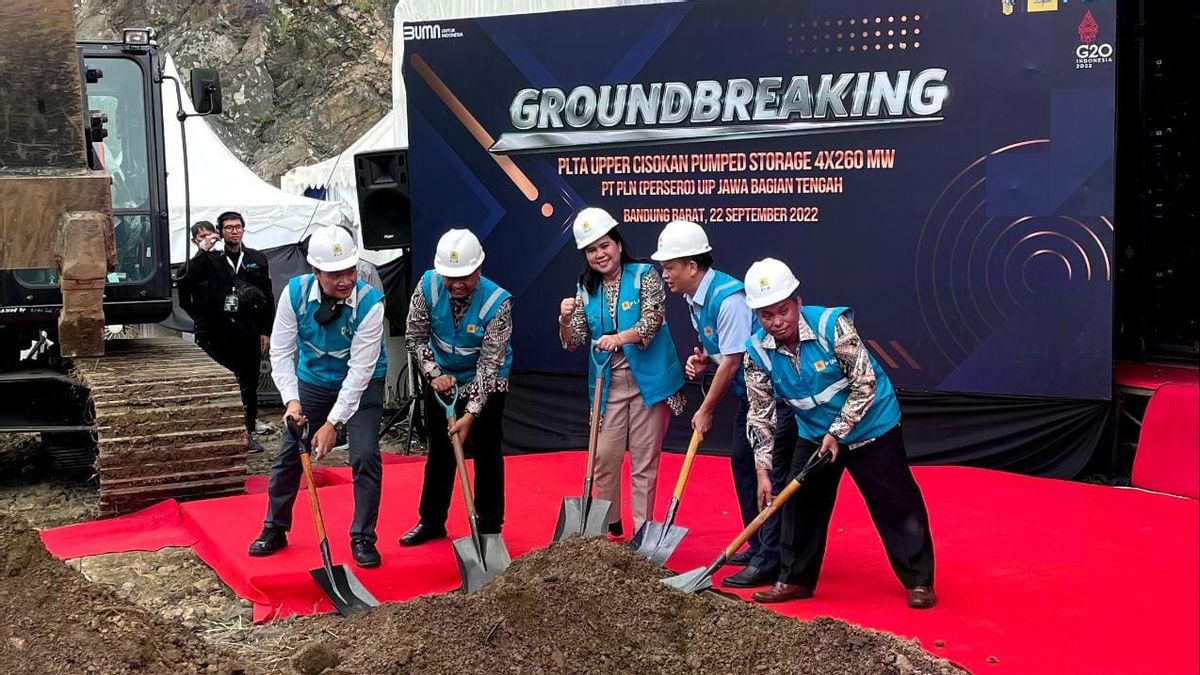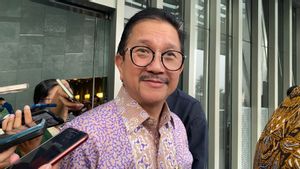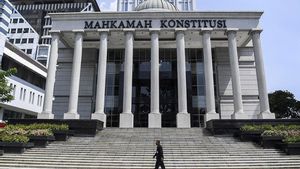JAKARTA - PT PLN (Persero) has started the construction of the Cisokan Hydroelectric Power Plant (PLTA) with a capacity of 1,040 megawatts (MW). The hydropower plant, which cost around US$850 million, is located on the border of West Bandung and Cianjur Regencies, West Java.
Director of Geothermal, Directorate General of EBTKE, Ministry of Energy and Mineral Resources, Harris A Yahya, said that the hydropower plant, which is part of the plan to retire the steam power plant (PLTU), is targeted to operate in 2027. Not only in terms of capacity, but also as a baseload so that PLN can still supply reliable electricity.
"In this energy transition, we also have to talk about electricity supply that is not only reliable but uses clean energy to avoid greenhouse gas emissions. PLTA is one of the types of power plants that can be this baseload," Harris said in an official statement, Friday, September 23.
PLN President Director Darmawan Prasodjo explained, with the start of the construction of the Cisokan hydropower plant as a form of PLN's commitment to reduce carbon emissions and increase the mix of EBT plants. Moreover, PLN also has an agenda to retire steam power plants (PLTU), where it needs a replacement that can be a baseload.
"This hydropower plant is the first in Indonesia with pump storage technology. This is an extraordinary breakthrough, because it makes the function of the hydropower into a power storage that can be as efficient as well as reliable for activation, especially during peak load conditions. And of course it will add to the reliability of a larger system," said Darmawan.
This Cisokan hydropower plant was built using Roller Compact Concrete (RCC) where the top and bottom dams utilize the Cisokan river water resources which are the tributaries of the Citarum river. PLN will first build dams from upstream to downstream as well as 27 kilometers of electricity infrastructure along river flows.
Through the Pumped Storage technology, when the electricity load is peak, this hydropower plant can drain the water discharge system so that it can rotate turbines and provide additional electricity supplies. Meanwhile, when the Java-Bali electricity load is down, this hydropower plant can immediately return the water discharge through the tunnel.
Director of Mega Projects and EBT PLN Wiluyo Kusdwiharto explained, apart from being a peak load generator, the PS Upper Cisokan hydropower plant can also function as a frequency regulator, spinning reserve and to repair the basic load and load factor system.
"It is hoped that with the operation of the PS Upper Cisokan hydropower plant later, it can contribute to increasing the NRE mix by 0.56 percent and reducing CO2 by 7.3 million tons of CO2e by 2040," said Wiluyo.
Head of the West Java Provincial ESDM Office, Ai Sadiyah, explained that this hydropower plant is an honor for West Java. This development, apart from being part of the government's efforts and PLN in the national energy transition, can also contribute to development in West Java.
West Java Province, continued Ai, has the potential for EBT both solar, bayu and geothermal as well as hydropower. With the start of the Cisokan hydropower plant, this is the initial point in the development of EBT in West Java.
"This is also a form of our commitment to support the national energy transition. We hope that this hydropower plant can also increase electricity reliability in Java. The development of EBT in the future can continue to be encouraged for the national energy transition target," said Ai.
With the existence of the Cisokan hydropower plant, it can be a supporting infrastructure and a stimulant of economic growth, especially the growth of industrial estates and new economic zones in West Java.
As of August 2022, the installed capacity of the hydropower plant that has been developed by PLN is 5.4 GW or 8.1 percent of the total capacity installed by PLN plants in Indonesia.
Meanwhile, water-based power plants that are in the process of developing PLN according to the 2021-2030 RUPTL are the construction stages of 2.7 GW, the funding stage is 0.32 GW, the procurement stage is 0.27 GW, and the planning stage is 6.8 GW.
The English, Chinese, Japanese, Arabic, and French versions are automatically generated by the AI. So there may still be inaccuracies in translating, please always see Indonesian as our main language. (system supported by DigitalSiber.id)













